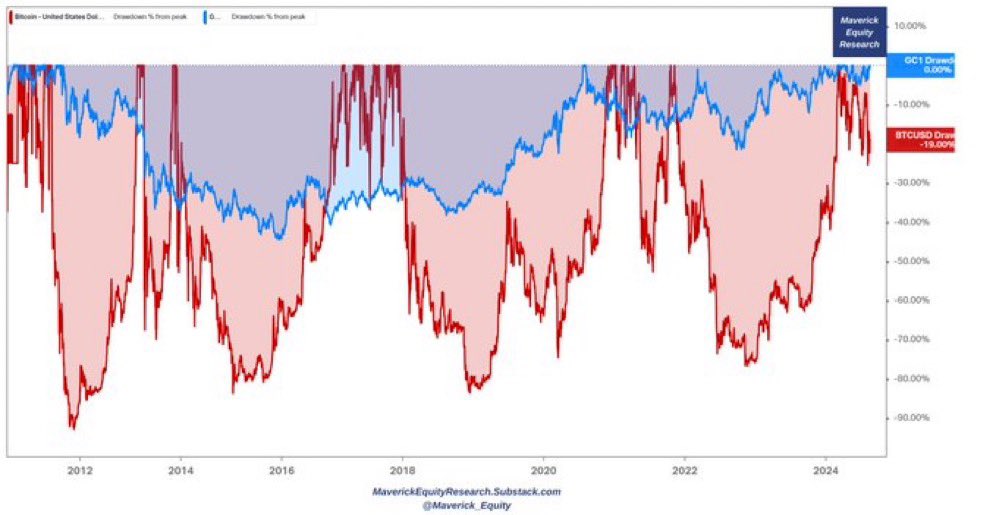*JAPAN'S ABE SAYS RULING PARTY BACKS $988 BILLION STIMULUS
Boom...
Boom...
Abe to Kuroda over breakfast:
"If debt to GDP of 250% didn't work, let us try 300.."
(2)
"If debt to GDP of 250% didn't work, let us try 300.."
(2)
Since Q3 2018, gold has been kicking the S&P 500's ass, why? Larger central bank balance sheets.
#FOMC
#BOJ
#BOE
#ECB
#PBOC
(4)
#FOMC
#BOJ
#BOE
#ECB
#PBOC
(4)

Major bullish break in gold this morning. Join our institutional chat, reach out to us on Bloomberg, value add.
• • •
Missing some Tweet in this thread? You can try to
force a refresh










